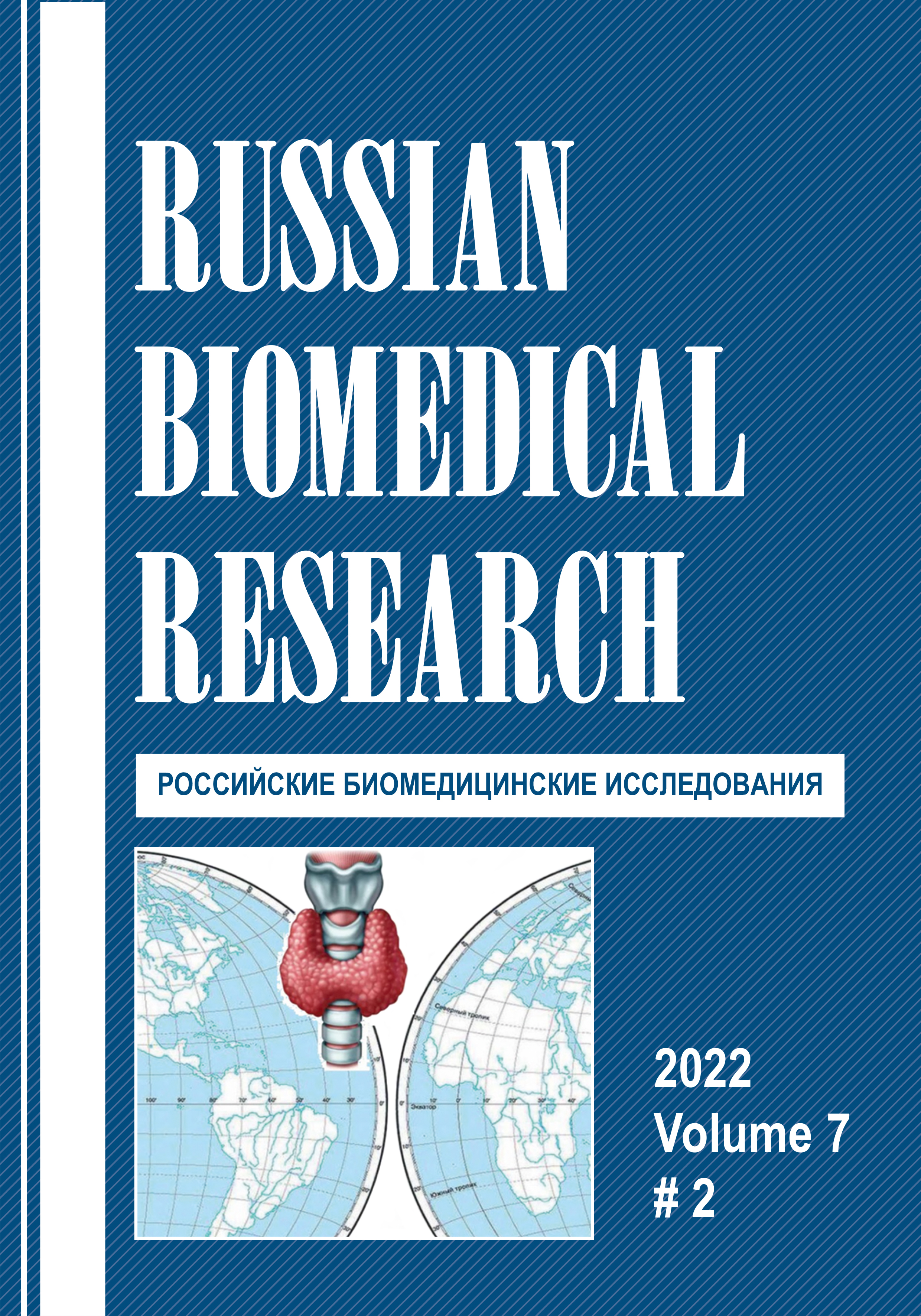MEDICAL GEOGRAPHY AND ECOLOGY OF AUTOIMMUNE HASHIMOTO THYROIDITIS AND RELATED DISORDERS
Abstract
The article deals with the regional medical -geographical features of the epidemiology of chronic autoimmune Hashimoto thyroiditis, von Basedow-Graves' disease, hypothyroidism and Hashimoto's encephalopathy. The authors discuss the impact of several factors on the medical geography of the most common autoimmune and endocrine disease of nowadays, including: connection with the availability of a number of trace elements, and few vitamins; the influences of climate, anthropogenic pollutants, as well as local dietary habits, and lifestyle; the prevalence of helminthiases; the specifics of local medical and preventive programmes. In relation to autoimmune thyroiditis few aspects have been clearly demonstrated: the provoking role of iodine excess and fluoride redundancy, as well as of selenium, iron, copper, magnesium and zinc deficiencies; the pathogenicity of some contaminants (compounds of mercury, lead, cadmium, aluminum, vanadium, polychlorobiphenols, dioxin derivatives, and radionuclides), the ambiguous effect of helminthiases, as well as the protective effect of vitamins D and A. The authors, based on the analysis of literature and their own data, speak out against blind iodine prevention of hypothyroidism, for its zoning and control, and also state the predominance of photoperiodism and seasonal fluctuations in insolation over temperature fluctuations - in the long -term regulation of thyroid function. Special consideration is given to the adaptation of the thyroid function to the ecological conditions of the polar regions - the Arctic and Antarctica.



